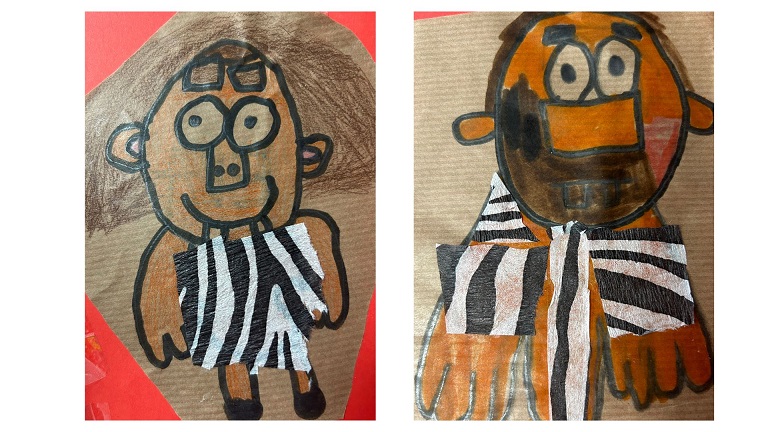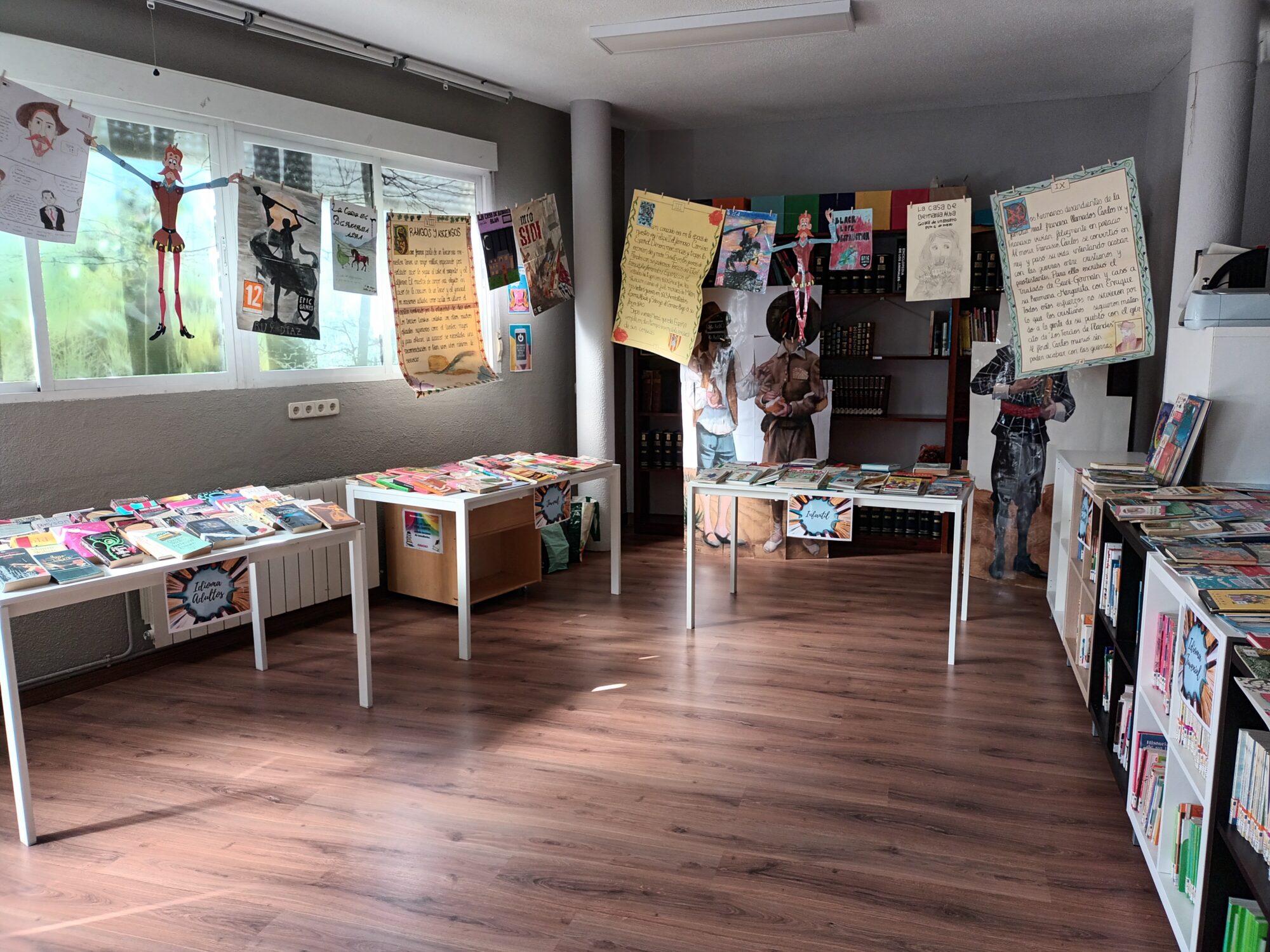
Contribuye a proporcionar una gran variedad de habilidades de preescritura y prelectura y fomenta su satisfacción personal.
Nuestras profesoras te lo explican en este artículo en castellano, inglés y alemán.
En la etapa de Infantil, nuestros alumnos suelen actuar de una manera similar cuando se les pide que hagan dibujos que corresponden con su aprendizaje. A diario, los profesores oyen comentarios negativos de sus alumnos como «Pero, no sé dibujarlo» o «No sé hacerlo», simplemente porque no sienten que lo hagan bien.
En el Colegio Zola Las Rozas nos dimos cuenta de que teníamos que hacer algo para que nuestros alumnos consiguieran hacer del momento de dibujar, una experiencia agradable. Sin lugar a dudas, el dibujo dirigido era la clave para atajar su frustración. Ahora, una vez terminado, oímos un «¡Vaya, mira lo que he dibujado!» o «¡Lo he hecho yo solo!».
Pero, ¿qué es exactamente el dibujo dirigido? Supone preparar a los alumnos para conseguir más precisión en sus primeros dibujos utilizando trazos verticales, horizontales… Los alumnos previamente han trabajado estos trazos realizando distintas actividades. En otras palabras, el profesor indica a los alumnos los pasos que deben seguir para crear un dibujo concreto.
Beneficios muy concretos
Los beneficios de esta sencilla tarea son significativamente importantes. Para empezar, este tipo de actividad proporciona una gran variedad de habilidades de preescritura y prelectura. El dibujo dirigido no sólo ayuda a los alumnos a desarrollar su motricidad fina, sino que también fomenta la coordinación óculo- manual y desarrolla su capacidad de concentración en la escuela. Además, se ha comprobado cómo esta actividad aumenta su motivación para escuchar y seguir instrucciones.
En segundo lugar, las artes son un pilar fundamental para los niños en edad escolar. No es sólo una vía de autoexpresión, sino que también les ayuda a desarrollar el lado creativo de sus cerebros. Además, se dice que cuanto más aprenden los alumnos a través del arte, más creativos son a la hora de resolver problemas.
Hace unos días, les enseñamos a dibujar un cavernícola prehistórico descomponiendo una tarea compleja en formas sencillas de dibujar. Todos nos alegramos al comprobar una vez más que para ellos fue una experiencia «¡Wow!».
El Colegio Zola Las Rozas es bilingüe en inglés y alemán y nuestras profesoras han querido contar también esta metodología en estos dos idiomas.
Te lo contamos en inglés
There is some overlap between our children when they are asked to draw pictures that correspond to their learning. Daily, teacher would hear negative self-talks from their students like “But, I can´t draw it” or “I don´t know how to do it” just because they do not feel like they do it well. Teachers realise that they had to do something to make drawing a positive experience for them. Without a doubt, directed drawings is a cornerstone to tackle their frustration. Now once finished, we hear a “Wow! Look what I drew!” or “I did it myself!”
But what exactly are directed drawings? Well, they are known as a step-by-step approach to drawing something. In other words, the teacher tells the students the steps to follow to create a specific drawing. The benefits of this simple task are significantly important. To begin with, this kind of activity provides a great variety of prewriting and prereading skills. Not only does directed drawing help students to develop their fine motor skills but it also encourages hand-eye coordination as well as develops their capacity to concentrate at school. Furthermore, it has come to light how this activity boosts their motivation for listening and following directions.
Secondly, arts are a central pillar for school-aged children. It is not just a path for self-expression but it also helps develop the creative side of their brains. In addition, it is said that the more students learn through art, the more creative problem solvers they are.
Last week we showed them how to draw a prehistoric caveman broken down from a complex task to simple-to-draw shapes. We were all pleased to see once again that it was a “Wow!” experience for them.
Te lo contamos también en alemán
Wenn wir die Kinder bitten, Bilder zu zeichnen, fühlen sie sich oft überfordert. Täglich hören Lehrer negative Selbstgespräche von ihren Schülern wie zum Beispiel „Aber ich kann es nicht zeichnen“ oder „Ich weiß nicht, wie ich es machen soll“, nur weil sie das Gefühl haben, dass sie es nicht gut genug machen. Dies führte dazu, dass die Lehrer das Zeichnen in eine positivere Erfahrung verwandeln wollten. In diesem Zusammenhang leistet das gesteuerte Zeichnen einen guten Beitrag, um die Frustration der Schüler zu verringern. Ausrufe wie: „Wow! Schau, was ich gezeichnet habe!“ oder „Ich habe es selbst gemacht!“ sind nur einige Beispiele.
Aber was genau ist das gesteuerte Zeichnen? Es handelt sich um eine Schritt-für-Schritt-Anleitung, um etwas zu zeichnen. Mit anderen Worten, der Lehrer sagt den Schülern die Schritte, die zu befolgen sind, um eine bestimmte Zeichnung zu erstellen. Daraus ergeben sich erhebliche Vorteile. Das gerichtete Zeichnen hilft den Schülern nicht nur ihre Feinmotorik zu entwickeln, sondern fördert auch die Hand-Augen-Koordination sowie die Konzentrationsfähigkeit in der Schule. Darüber hinaus hat sich gezeigt, dass diese Aktivität das bewusste Zuhören und Befolgen von Anweisungen steigert.
Die Förderung der künstlerischen Ausdrucksfähigkeit ist ein wesentlicher Schwerpunkt der Entwicklung von Schulkindern. Sie dient nicht nur der Selbstdarstellung, sondern hilft auch, die kreative Seite ihres Gehirns zu entfalten. Zudem zeigt sich, dass die Förderung der Kreativität sich auch positiv auf andere Bereiche auswirkt. So sind Schüler, deren kreatives Denken gefördert wird, eher in der Lage komplexe Probleme kreativ zu lösen.
In diesem Zusammenhang haben wir den Schülern letzte Woche gezeigt, wie sie einen prähistorischen Höhlenmensch zeichnen können. Diese komplexe Aufgabe wurde in einfach zu zeichnende Zwischenschritte zerlegt. Das Ergebnis begeisterte die Schüler, die ihre Werke mit „Wow!“ bestaunten.
Por: Raquel Lérida Carrero, profesora de infantil del Colegio Zola Las Rozas.


